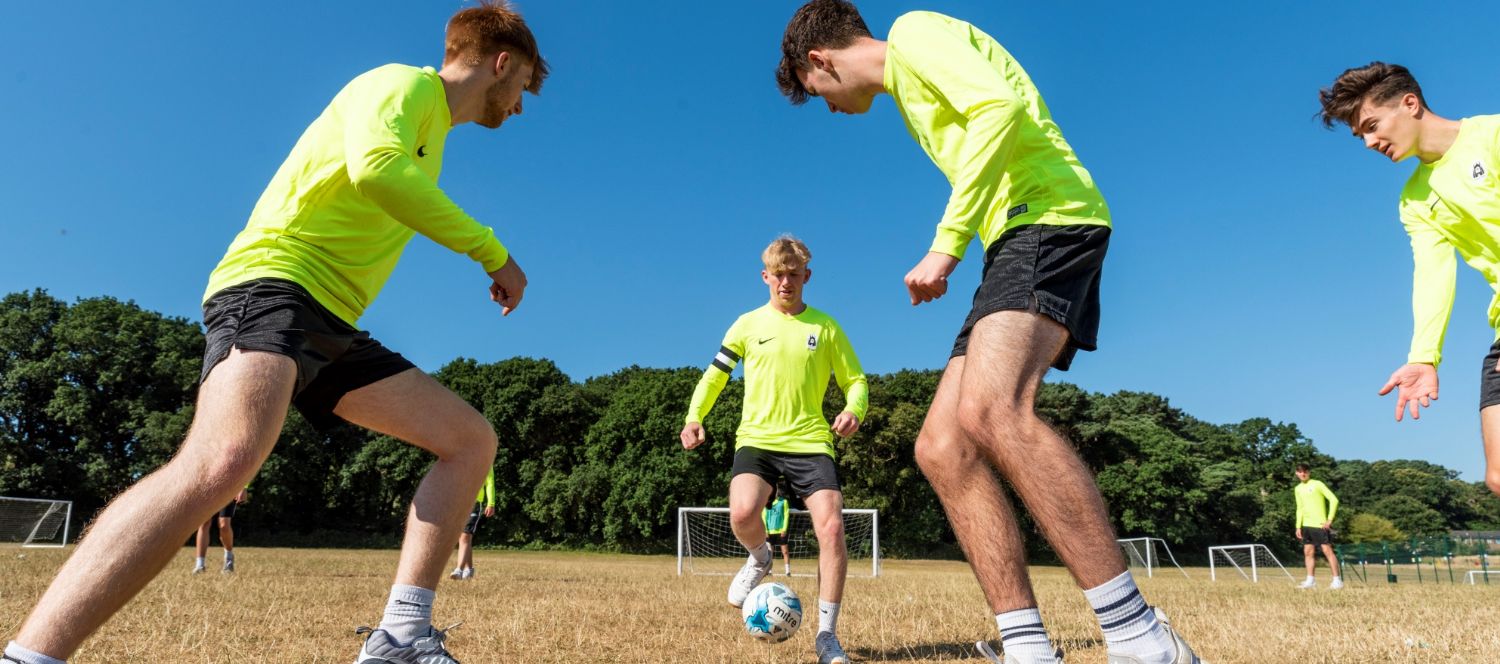Textiles
Key Stage 3
Textiles aims to equip students with all the skills necessary to produce well made products. Students are engaged in hand and machine sewing in order to develop more complex skills such as appliqué and embroidery. Tasks are appropriate to students’ interests. Students are first involved in producing a sock puppet for themselves, followed by a “Jumper Monkey”, made to meet the needs of a young child. Students will learn to be aware of their target market and to tailor their product appropriately. During Year 8 students develop more complex outcomes, such as an appliqué sample based on the landscape, and a piece of fashion based on current market trends. Students begin to develop more complex pattern cutting skills in order to progress onto GCSE Textiles if they so wish.
Key Stage 4
Textiles can be taken at Year 10 and 11. We use the AQA Textiles Technology syllabus and students enter into a design and make project as soon as they choose this option.
Students produce a 24 page piece of coursework, which demonstrates their own ideas and understanding of Textiles. Students select an item to research, design and make. Students construct a clear and concise design file that shows how their ideas have progressed from start to finish. Design and make assignments include making a fashion garment or accessory for a special occasion based on a cultural theme or inspired by the work of an artist, or producing an interior product with a “British” theme. Students are expected to complete their coursework to a high standard and take pride in their work. The coursework is worth 60% of their final mark, with the remaining 40% obtained in a 2 hour exam which incorporates a design paper and a question paper. All students will have the opportunity to visit the Clothes Show Live at Birmingham NEC in order to gain inspiration for their products.
The textile industry is the second largest industry in the world. By taking textiles students are able to progress onto careers in fashion, including buying, selling, designing, fashion forecasting, colour forecasting, print and weave, design for the high street and high end fashion. Students can also access a more vocational range of jobs such as becoming a seamstress, tailor, or retail jobs. The course covers all aspects of interior textiles allowing students to enter into all interior textile jobs easily.













